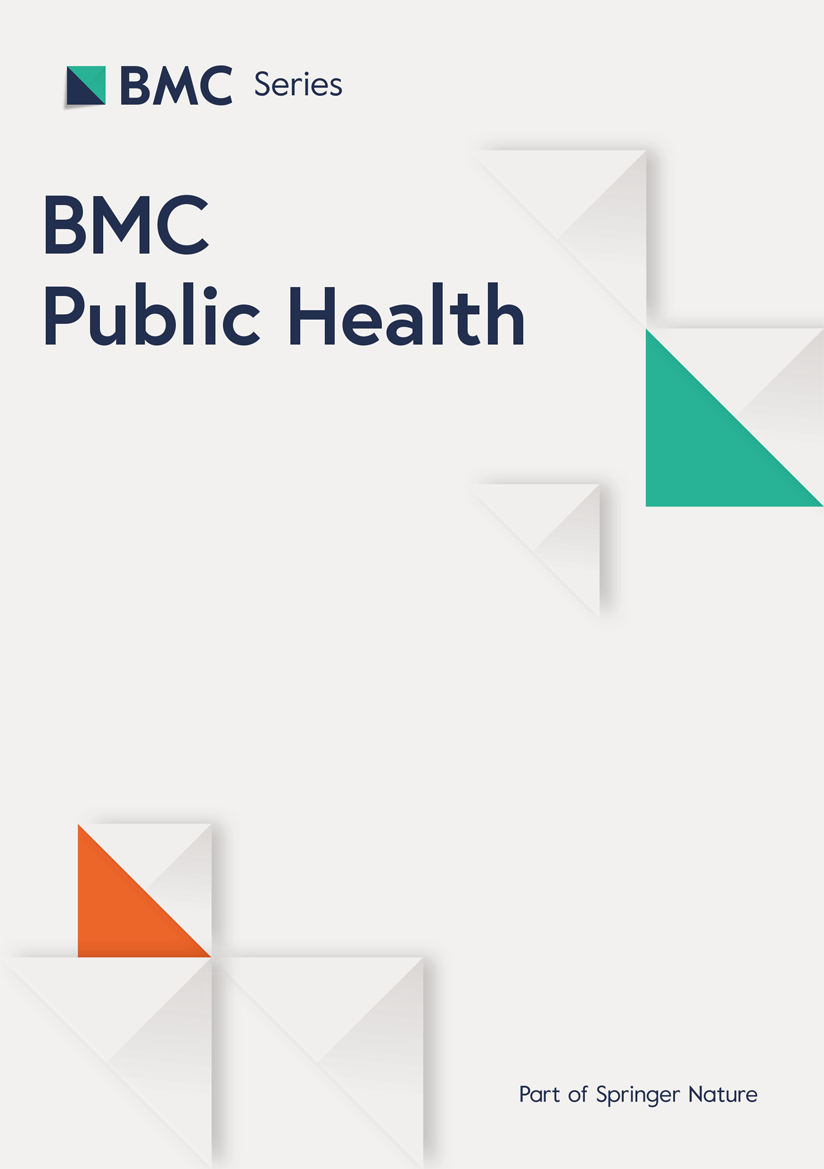Among the natural remedies gaining attention is the Dietary Approaches to Stop Hypertension (DASH) diet. Traditionally renowned for its benefits in managing high blood pressure, the DASH diet is now being explored for its potential to alleviate GERD symptoms in adolescents. Its emphasis on balanced nutrition and reduced intake of certain food groups positions it as a promising natural strategy against GERD.
Understanding GERD and Its Impact
Detailed Explanation of GERD
GERD occurs when the lower esophageal sphincter (LES), a ring of muscle between the esophagus and stomach, fails to close properly. This malfunction allows stomach acids and partially digested food to flow back into the esophagus, causing irritation and inflammation.
Symptoms of GERD
- Frequent heartburn
- Regurgitation of food or sour liquid
- Difficulty swallowing
- Chest pain, especially at night
- Chronic cough or sore throat
- Hoarseness in the morning
Potential Complications
If GERD remains unmanaged, it can lead to severe complications such as:
- Esophagitis (inflammation of the esophagus)
- Esophageal ulcers or strictures
- Barrett’s esophagus, which increases the risk of esophageal cancer
- Respiratory issues like asthma exacerbations
DASH-Style Diet – More Than Just a Hypertension Control Method
Origin and Traditional Use
The DASH diet was initially developed to combat high blood pressure but has since been recognized for its broader health benefits. It emphasizes the consumption of fruits, vegetables, whole grains, lean proteins, and low-fat dairy while limiting red meat, sweets, and sugary beverages.
Traditional Uses of the DASH Diet:
- Lowering blood pressure
- Reducing the risk of heart disease and stroke
- Managing weight
- Improving overall nutritional intake
How the DASH-Style Diet May Help with GERD
1. Anti-Inflammatory Properties
Description: The DASH diet is rich in antioxidants found in fruits and vegetables, which help reduce inflammation in the esophagus caused by acid reflux.
Scientific Insight: Vitamins C and E, along with beta-carotene present in DASH-friendly foods, combat oxidative stress, a contributor to GERD-related inflammation.
2. High Fiber Content
Description: A diet high in fiber aids in digestion and can prevent the occurrence of GERD symptoms by promoting regular bowel movements and reducing stomach pressure.
Scientific Insight: Dietary fibers scavenge gastric nitrites and decrease nitric oxide concentrations at the gastroesophageal junction, thereby minimizing reflux incidents.
3. Low Fat Intake
Description: Reducing fat consumption helps lower the risk of GERD by decreasing stomach acid production and enhancing LES function.
Scientific Insight: Lower fat intake delays gastric emptying, reducing the likelihood of acid backflow into the esophagus.
4. Reduced Sodium Levels
Description: Limiting salt intake can alleviate GERD symptoms by preventing delayed gastric emptying and excessive bile secretion.
Scientific Insight: High sodium levels are linked to increased gastric acid production, which can exacerbate GERD symptoms.
Research Supporting DASH Diet’s Efficacy
Overview of Existing Research
Recent studies have explored the relationship between the DASH diet and GERD, particularly in adolescent populations. Findings suggest that adherence to the DASH diet significantly lowers the risk of developing GERD and its associated symptoms.
Specific Research Findings
- Lower GERD Incidence: Adolescents with high adherence to the DASH diet were found to have a 50% reduced risk of developing GERD compared to those with low adherence.
- Reduced Reflux and Stomach Pain: High DASH diet adherence correlated with a 57% decrease in reflux incidents and a 29% reduction in stomach pain among adolescents.
- Gender-Specific Benefits: Boys adhering strictly to the DASH diet experienced a 62% lower risk of GERD, highlighting potential gender-specific dietary benefits.
How to Use the DASH-Style Diet for GERD
Preparing the DASH Diet
Ingredients:
- Fresh fruits and vegetables
- Whole grains (e.g., brown rice, whole wheat bread)
- Lean proteins (e.g., chicken, fish, legumes)
- Low-fat dairy products
- Nuts and seeds
- Limited red and processed meats
- Minimal sweetened beverages and sweets
Instructions:
- Meal Planning: Incorporate at least 4-5 servings of vegetables and 4-5 servings of fruits daily.
- Whole Grains: Choose whole grains over refined grains for all meals.
- Protein Sources: Opt for lean proteins like chicken, fish, and plant-based options such as beans and lentils.
- Dairy Choices: Select low-fat or fat-free dairy products.
- Snacking Smart: Replace high-sugar snacks with nuts, seeds, or fresh fruit.
- Limit Intake: Reduce consumption of red meats, processed foods, and sugary beverages.
Dosage Recommendations
Frequency: Aim to follow DASH diet principles consistently every day for maximum benefits.
Timing: Distribute meals evenly throughout the day, avoiding large meals late at night to prevent nighttime reflux.
Precautions
Allergies: Ensure that dietary changes do not include foods that trigger allergic reactions in the individual.
Interactions: Consult with a healthcare provider if the adolescent is on medications, as certain foods might interact with prescribed treatments.
Pregnancy: While this applies more to adults, pregnant individuals managing GERD should seek personalized dietary advice.
Combining the DASH Diet with Other Remedies
Complementary Remedies:
- Herbal Teas: Chamomile or ginger tea can soothe the digestive tract.
- Probiotics: Supplements or probiotic-rich foods like yogurt can enhance gut health.
- Mindful Eating: Practices such as eating slowly and chewing thoroughly can reduce GERD symptoms.
Potential Synergies: Combining the DASH diet with these complementary remedies can enhance overall digestive health, reduce inflammation, and further prevent acid reflux episodes.
Lifestyle Tips for Managing GERD
Dietary Changes:
- Avoid Trigger Foods: Steer clear of spicy, fatty, and acidic foods that can exacerbate GERD.
- Increase Fiber Intake: Incorporate more high-fiber foods to aid digestion.
Eating Habits:
- Small, Frequent Meals: Eating smaller portions more frequently can prevent overloading the stomach.
- Chew Thoroughly: Properly chewing food aids in smoother digestion and reduces reflux risk.
Weight Management: Maintaining a healthy weight can significantly decrease the pressure on the stomach, minimizing the chances of acid reflux.
Sleep Adjustments: Elevate the head of the bed by 6-8 inches to prevent nighttime reflux. Avoid lying down immediately after meals.
References


